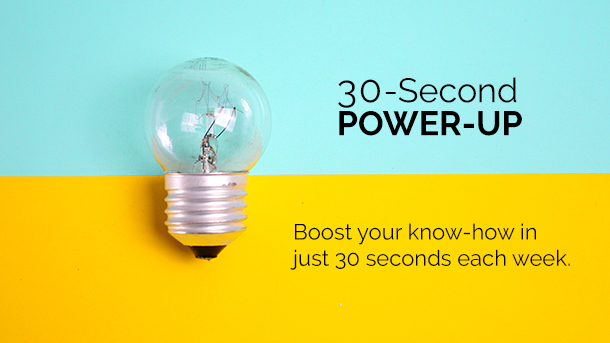>> 7 mental hurdles your copy must overcome <<
Think back to the last time you made a big purchase. Not the cheap, impulsive buys we all succumb to, but that big-dollar purchase or commitment that sparked a familiar dilemma:
Can I really afford this?
Is it worth the investment?
Will this thing deliver on its promises?
What if it doesn’t?
Will I look like a fool?
What do past buyers say about this?
Do I trust these claims?
Where’s the proof?
… and on and on.
The bigger the price tag or commitment, the more we wrestle with this internal debate. So does your target buyer.
In fact, big purchases require buyers to conquer 7 mental hurdles before they will comply with your call-to-action (CTA). The bigger the CTA, the more you have to address and disarm these fear factors in your copy.
That’s what this post is designed to do: Help you uncover those 7 hurdles so you can banish them, clearing the way for prospects to click, sign up, request a quote, or hand over their credit card (and feel good about it).
A disclaimer…
Granted, if you’re an experienced content marketer, much of this will sound familiar. But you and I know common knowledge is far from common practice. Often, the root of poor sale conversion lies with neglecting basic principles. Is it possible you’ve overlooked any of these?
Target Audience
You already know this: Everything hinges on your understanding of your ideal buyer.
Think back to a time when you read a post, saw a meme or landing page and thought: “That is SO ME. It’s like they’re inside my head!”
That kind of reaction is only possible when you write to a specific type of buyer — not the masses.
The foundational job of a content marketer (or writer) is to get inside the head of that ideal customer and figure out how they talk, what makes them tick, and what will move them to action. Get crystal clear on whose head you’re getting into.
Problem
Don’t bother opening the conversation with a solution. Your best chance of getting your prospect’s attention is to join the conversation that’s already in progress in their heads.
If you don’t isolate and agitate the problem they’re battling from the get-go, your message will never get higher priority over all the other stuff competing for their attention.
Your copy should open and revolve around your target reader’s greatest frustration.
Solution
Forgive me if you’ve already heard this, but it must be said because marketers get this wrong all the friggin’ time: Solutions (aka Benefits) are not the same as Features.
If you have a headache, for example, your desired Solution or Benefit is to be free of pain, not an “advanced capsule that dissolves three times faster and soothes your nervous system with a minty fresh after-taste.” (Those are great features, but they’re not a solution.)
To drive that point a little harder, no one buys Tylenol because of the way it’s packaged or the qualifications of the scientist team behind it. What you’re actually buying is no pain: THAT’s your Solution or Benefit. Everything else is nice but, again, not the reason driving your purchase.
Think of your solution as the transformation your customer will experience after responding to your CTA. How will his or her life/business/whatever be different?
Objections
Objections will flood your reader’s mind as he/she tries to make a decision; count on it.
Rather than hide from potential objections, effective copy raises those objections and destroys them, showing the reader they’re not worthy of his or her concern.
Proof
What unbiased source can back up your claims? Proof points reduce the risk of fear in the prospect’s mind. Examples include testimonials, statistics, industry studies, and success stories.
Even better: Use a “reverse testimonial,” which is a testimonial where a customer mentions an initial objection or fear, then describes how they overcame it and were thrilled with the results you delivered.
Risk Reversal
Your reader is feeling a lot of pressure when considering your service or product. He doesn’t want to waste money or look like a fool when something goes wrong — especially if this is an investment their boss will hold them accountable for.
Alleviate this pressure by taking some of the risk away. Common risk reversals are free trials, money-back guarantees, high-value bonuses, generous support, and so on. What can you guarantee to ease or erase that sense of risk?
Uniqueness
What makes your product/service/experience different from competitors? What do customers get from your brand that they won’t get elsewhere? How is their experience better?
Parting words
Again, these are foundational elements of persuasive copy, and you may have heard them a gazillion times. But try finding a brand that addresses all of them in their sales copy, and you might be searching for a long time.
Get these basics right to boost your chances of earning your prospects’ credit cards.


